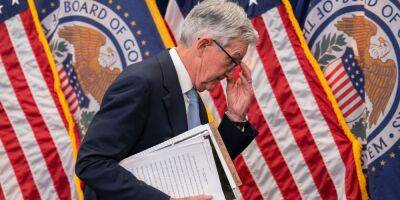Bitcoin price drops to $20.8K as regulatory and macroeconomic pressure mounts
Bitcoin (BTC) traders saw continued downward pressure after the 5.5% decline in BTC price on March 7. Increased odds of further interest rate increases by the Federal Reserve and regulatory pressure in cryptocurrencies explain some of the movement.
Financial markets showed signs of stress as the inverted bond curve reached its highest level since the 1980s. Longer-term dated yields have stalled at 4%, while two-year treasury notes traded above 5% yield in March.
Since July, longer-dated treasury yields have failed to keep pace with the surging two-year benchmark, resulting in the inverted curve distortion that typically precedes economic downturns. According to Bloomberg, the indicator reached a full percentage point on March 7, the highest level since 1981, when Fed Chair Paul Volcker faced double-digit inflation.
This week, BlackRock, the world's largest asset manager, increased its forecast for U.S. federal funds to 6%. Rick Riede, chief investment officer of global fixed income at BlackRock, believes the Fed will keep interest rates high for "an extended period to slow the economy and get inflation down to near 2%."
According to a Wall Street Journal report, the Biden administration wants to apply the wash sale rule to crypto, which would put an end to a strategy in which a trader sells and then immediately buys digital assets for tax purposes.
Furthermore, the Public Company Accounting Oversight Board (PCAOB), an organization that keeps an eye on audits of public companies in the United States, recently put out a warning to investors about proof-of-reserves reports that auditing firms send out.
The organization, backed by the U.S. Securities and Exchange Commission (SEC), said that: “investors should note that PoR
Read more on cointelegraph.com





![Avalanche [AVAX]: Despite price surge, these concerns emerge](https://finance-news.co/storage/thumbs_400/img/2023/4/8/63410_guumj.jpg)


